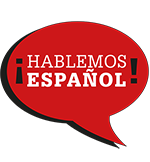Christmas with a Hispanic Twist

-
Save
Christmas season is the perfect moment to improve your Spanish while learning about Hispanic culture. Do you know who the Reyes Magos are? And who is the caganer? Have you ever heard about hallacas? If you want to discover all about these traditions and much more, keep reading our most Christmassy post.
In this post you'll find:
- The most popular traditions for Christmas season in Hispanic countries,
- many pictures and videos to learn more about these customs,
- the most popular Christmas carols in Spanish,
- our very own Christmas podcast about Hispanic traditions.
Table of Contents
When does Christmas start in Spain?
There are two bank holidays in Spain at the beginning of December: Día de la Constitución (6th) and día de la Concepción (8th). Many people decorate their homes during these days. In Colombia people celebrate the eve of la Concepción lighting candles and lanterns in and outside their homes the night of December the 7th and early morning of December the 8th. This celebration is known as Día de las Velitas.
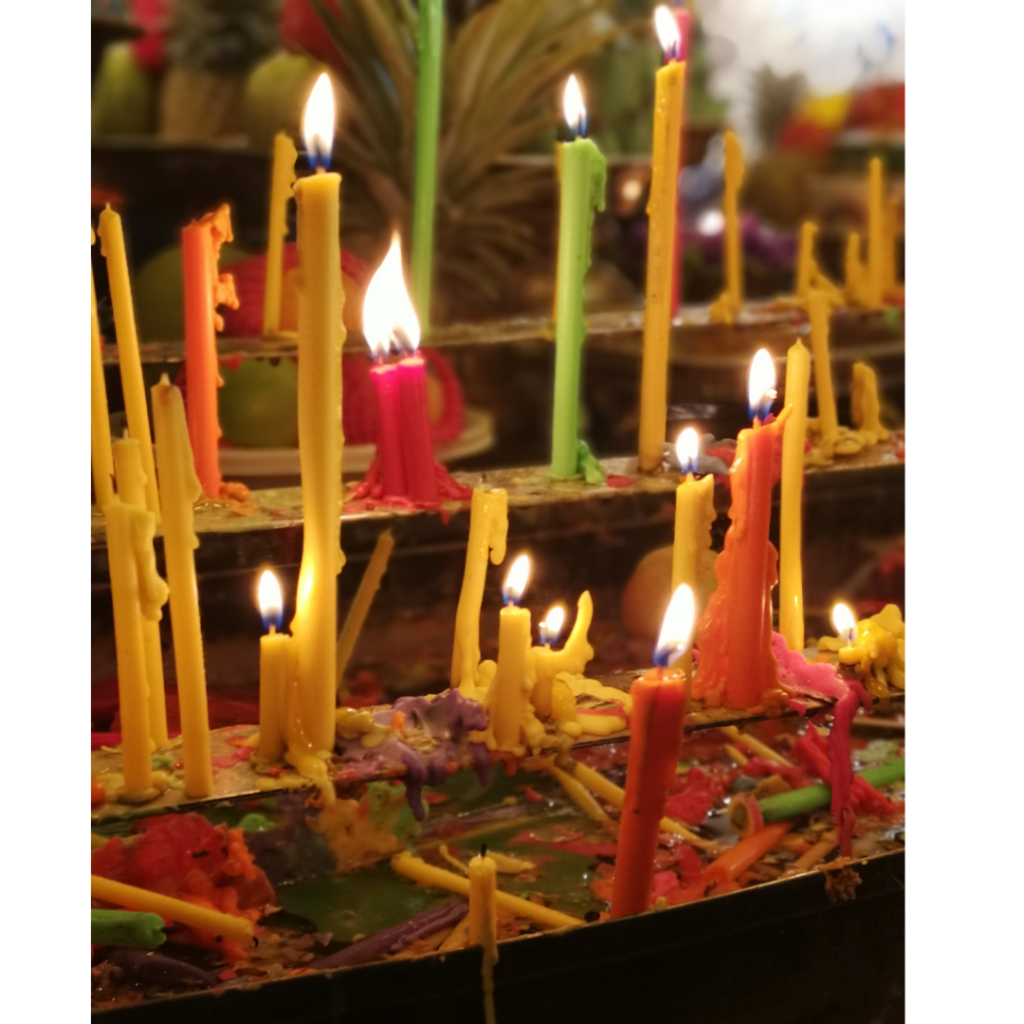
-
Save
Christmas decorations in Hispanic countries
As in many other countries, the Christmas tree is the most representative element of these festivities.However, for many Hispanic people the belén is as important as the Christmas tree, or even more.
But, what is the belén? This belén is a small representation of the nativity scene with small figurines made of clay or plastic. The main elements are the stable, with Joseph, Mary, the baby, the ox and the mule; the Three Wise Men, their camels and their helpers; angels; and some town people doing daily tasks. Even though its origin is Italian (Umbria, 1223), it’s a very important tradition in many Spanish-speaking countries where contests are held and they make masterpieces which can be visited for free or for a small fee. People who make these semi professional belenes let people visit their homes to see their belenes.
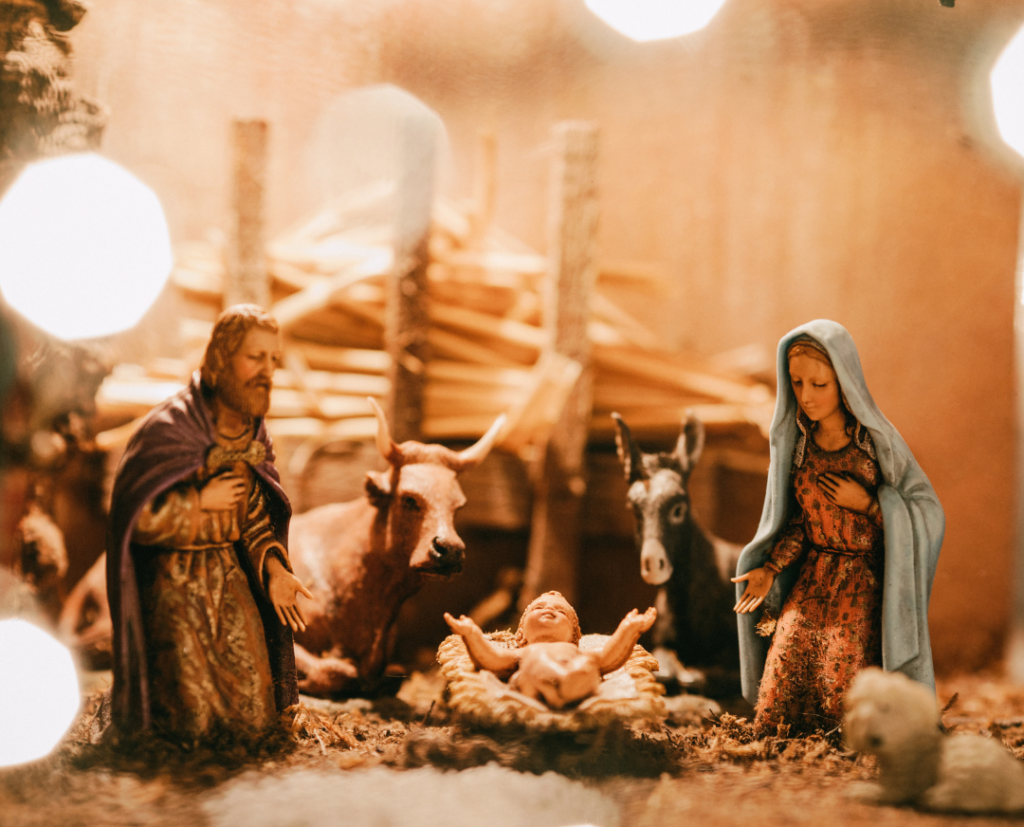
-
Save
Beside all the usual characters in the nativity scenes, it’s also traditional to include a figurine of a man pooping. This character is called caganer and, though it’s a tradition from Catalonia, it has spread all over Spain. It’s common to see people trying to spot the caganer, to discover where it’s been hidden. It’s usually represented with a traditional Catalonian costume: a red sash around the waist, a barretina (a traditional Catalonian beret) on the head, and smoking a pipe. Nowadays it’s also possible to find different versions with the faces of politicians or celebrities.
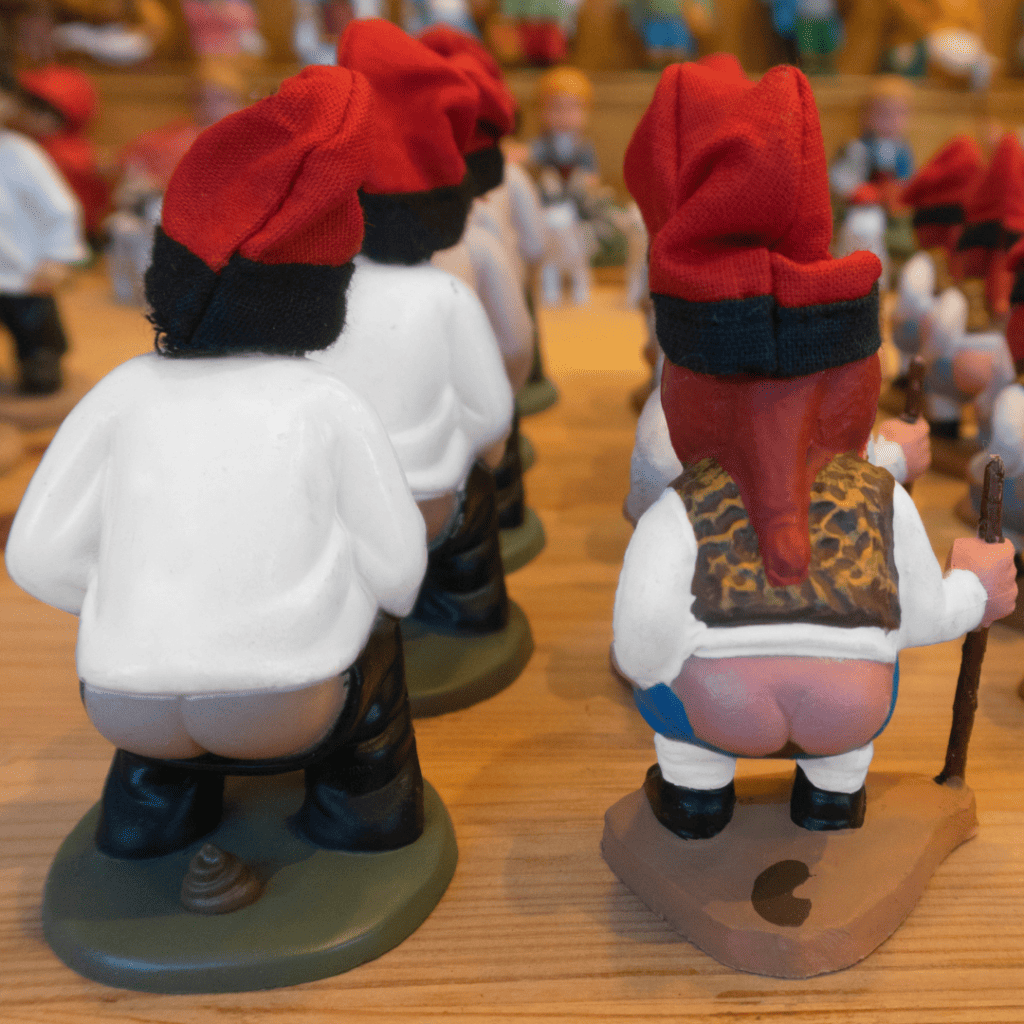
-
Save
Would you like to know how these funny figurines are made? Watch this video and discover all about it.
The most Christmassy lottery
Unofficially the first Christmas event nationwide is the Christmas lottery. Every year on December the 22nd, San Ildefonso’s Children (a Spanish school) sing the winning lottery numbers for the 15.000 prizes. The first prize is known as el gordo (the fat one) and the tickets are called décimos and they cost 20€ each.
As traditional as buying the tickets -people start buying them in summer- and the lottery itself, which can be watched on TV, is the spot made to promote this prize. Here you have some of the most iconic ones.
Christmas lottery campaign, 1999.
Christmas lottery campaign, 2013.
Christmas lottery campaign, 2014.
Christmas lottery campaign, 2016.
Christmas lottery campaign, 2017.
Christmas lottery campaign, 2020.
Santa Claus or the Three Wise Men? Who brings the presents?
Spanish-speaking countries have their own traditions when it comes to gift giving. However, Santa Claus is a worldwide icon who also visits many Hispanic children who have been nice to bring them presents, but he has different names depending on the country. KNown as Santa Claus or Papá Noel, he’s also called Viejito Pascuero in Chile.
Some Hispanic countries have kept their original traditions and gifts are brought by Niño Jesús (baby Jesus) the eve of the 24th of December or the morning of the 25th. This is typical in countries such as Venezuela, Costa Rica, Colombia, Honduras and Perú, among others.
In Spain and in some Spanish-speaking countries the original tradition is Reyes Magos de Oriente (the Three Wise Men). They are 3 kings who come riding a camel and bringing gifts to nice children and charcoal to the naughty ones. Presents are left under the tree at night the 5th of January and they’re opened the 6th in the morning, the day of Reyes Magos which is a bank holiday. The 5th of January there’s a traditional parade for children to see the three Wise Men accompanied by music and different children’s characters. The different characters give candy to the children watching the parade.
Some Hispanic countries have kept their original traditions and gifts are brought by Niño Jesús (baby Jesus) the eve of the 24th of December or the morning of the 25th. This is typical in countries such as Venezuela, Costa Rica, Colombia, Honduras and Perú, among others.
There’s a unique tradition in Catalonia called tió de Nadal which consists in hitting a small log (tió de Nadal = Christmas’ log) to make it ‘poop’ presents the eve of the 24th. Traditionally there were supposed to be sweets, but currently it’s also possible to receive small gifts. Children hit the tió with sticks while singing a song in Catalonian:
Cagatió, tió de Nadal.
No caguis arengades, que són salades.
Caga torrons, que són més bons!
Poop, Christmas’ log.
Don’t poop herrings, ‘cause they’re savoury.
Poop turrones, ‘cause they’re tastier!
If you’d like an example of this unique tradition to understand it a bit better, we recommend you watch the following video to learn everything about tió de Nadal.
New Year’s Eve traditions
The last night of the year (December the 31st) is called Nochevieja (old night). There are plenty of traditions for this occasion which are a way to attract good luck for the next year. Here you have some of the most famous.
Lucky grapes
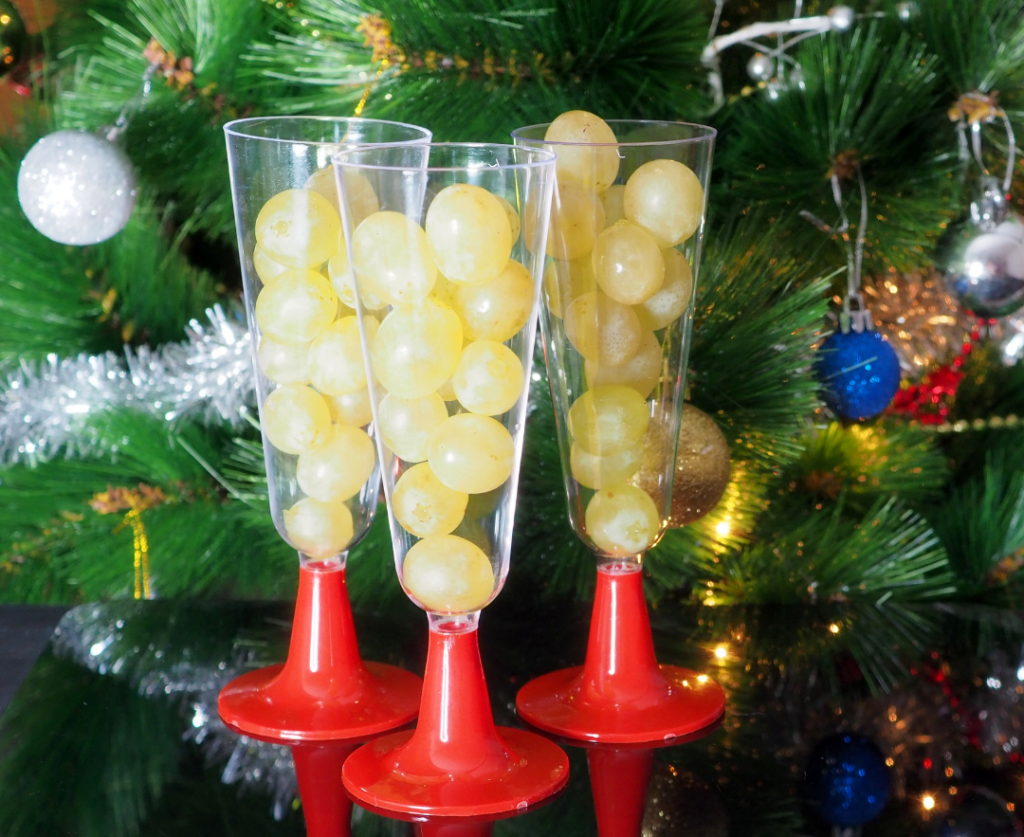
-
Save
Ball-shaped pastries originally from Cataluña, Aragón, Valencia and Baleares, which are made of almond, eggs, sugar and lemon zest, and they are covered with pine nuts. They’re quite similar to marzipan and they’ve been around since eighteen hundreds.
Underwear

-
Save
People wear elegant clothes to say goodbye to the year, but did you know that Spanish people wear red underwear for luck? In other Hispanic countries it is also common to wear yellow underwear.
A banknote in your shoe
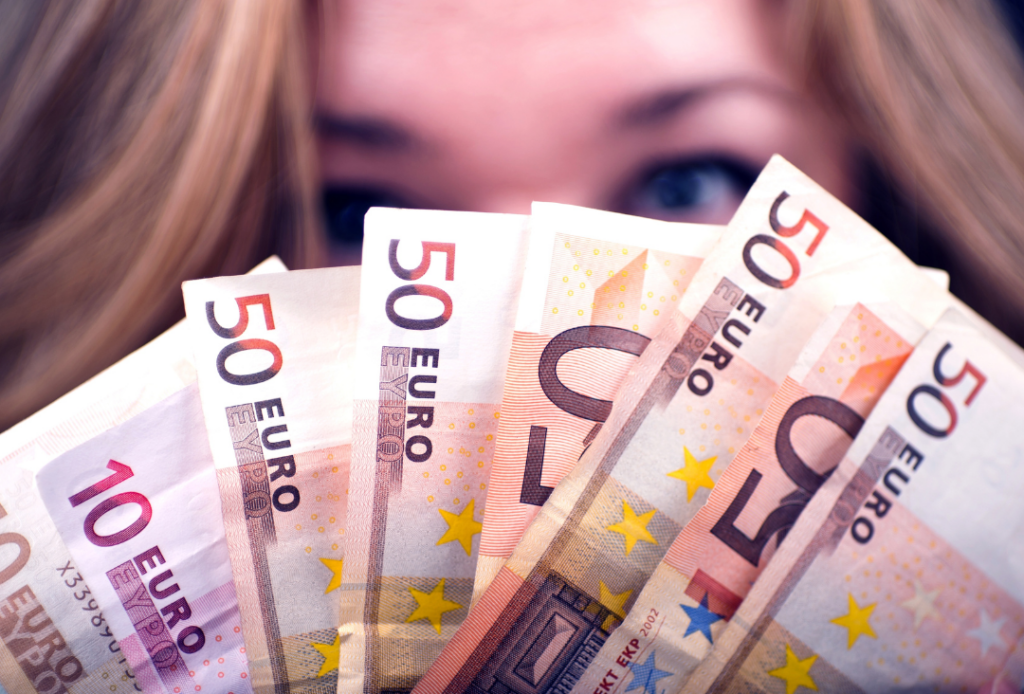
-
Save
They say that if you put a banknote inside your shoe you’ll have money the following year.
A suitcase
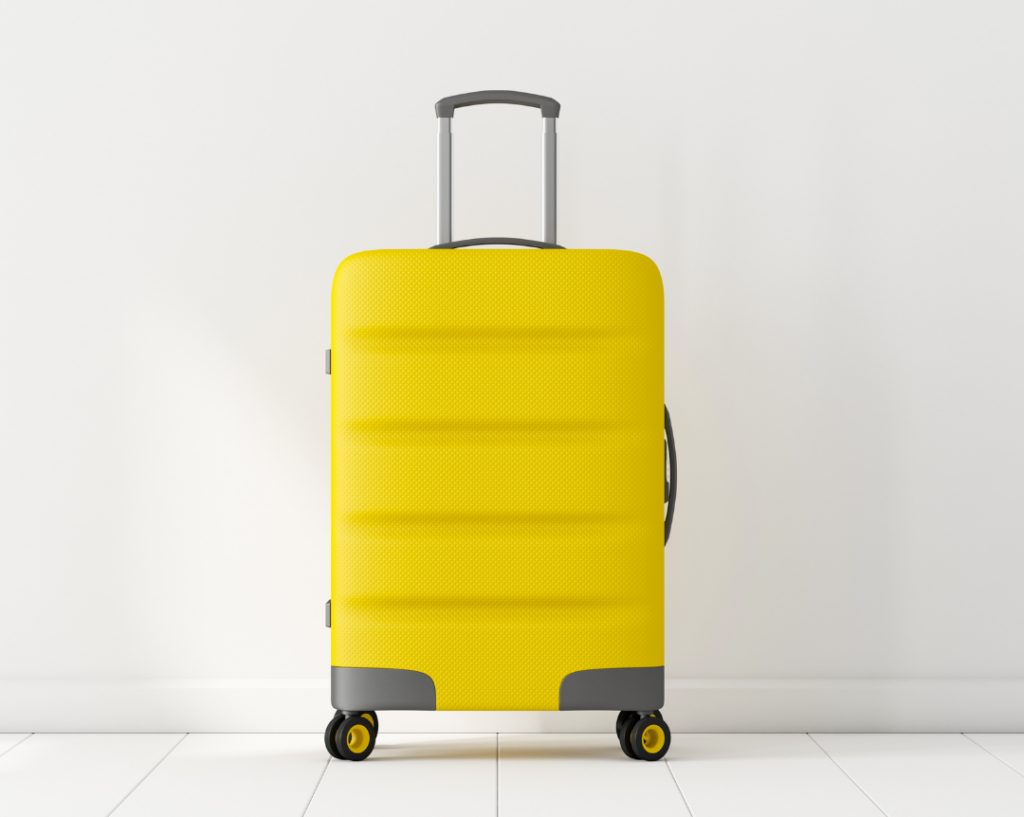
-
Save
There are a few versions of this custom. Some say it’s necessary to run while holding a suitcase and others say you have to place it near your front door. In any case, one thing is clear, you do this for travelling more the following year.
If you want to see examples of these and many other New Year’s Eve rituals, you need to watch this video in which a group of Peruvian comedians make fun of these traditions.
Traditional Christmas food in Hispanic countries
Meat, fish and seafood are common at Christmas Eve dinner. Family gatherings are also accompanied by sweets that can be found in any European country: marzipan, cakes, Christmas biscuits… But what are the typical Hispanic foods that are characteristic of this festive season? Here is a list of some of the most common ones:
Hallacas
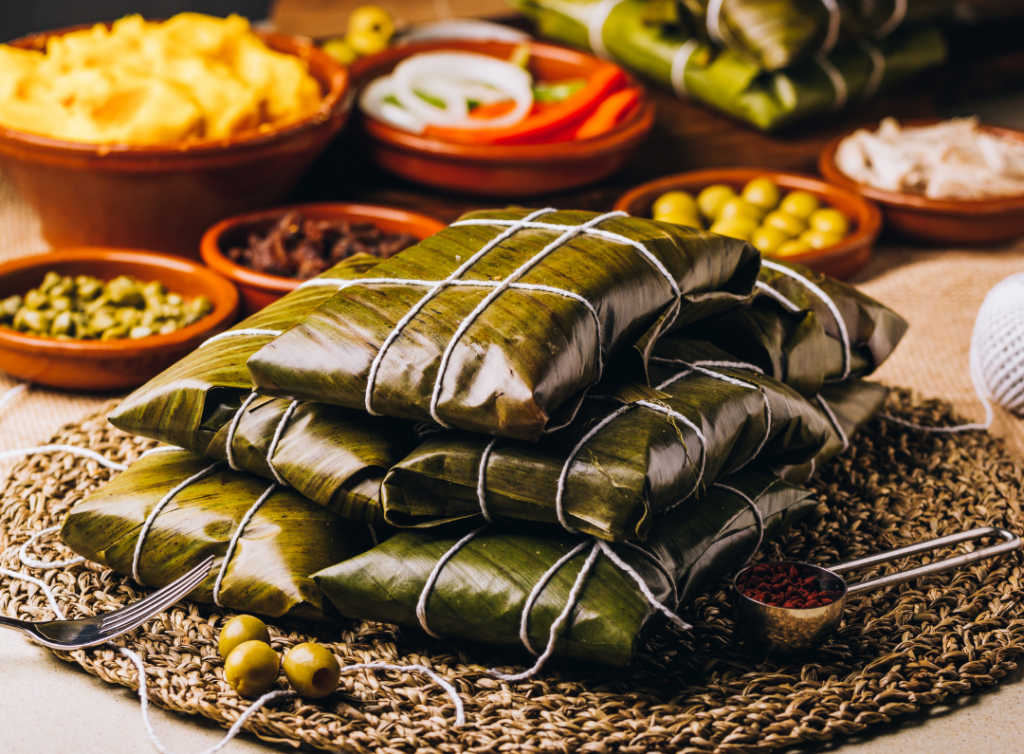
-
Save
This Venezuelan dish is only prepared around Christmas. The preparation of this dish is quite complex. It’s a corn flour dough filled with beef, chicken and pork, sultanas, olives and capers. It’s wrapped in banana leaves, tied with a string and cooked in plenty of hot water.
Polvorones
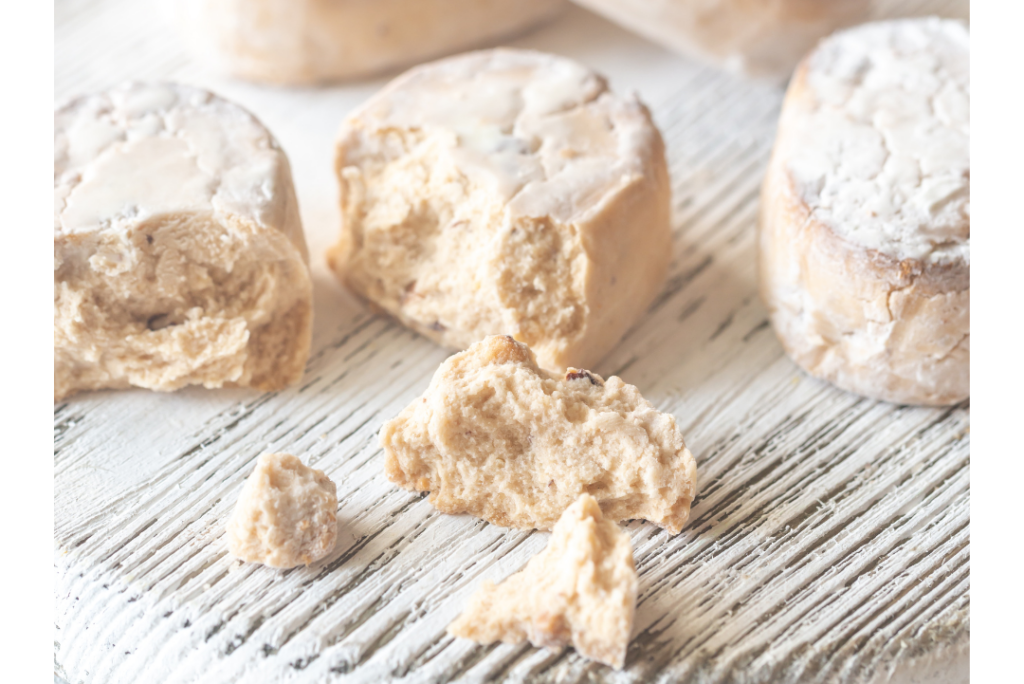
-
Save
These are typical Christmas sweets made with almonds and lots of sugar. They have a peculiar texture and taste like Christmas. We recommend the traditional ones that can be found in sweet shops, bakeries and Christmas markets. The traditional ones are those with the white paper wrapping.
Turrón
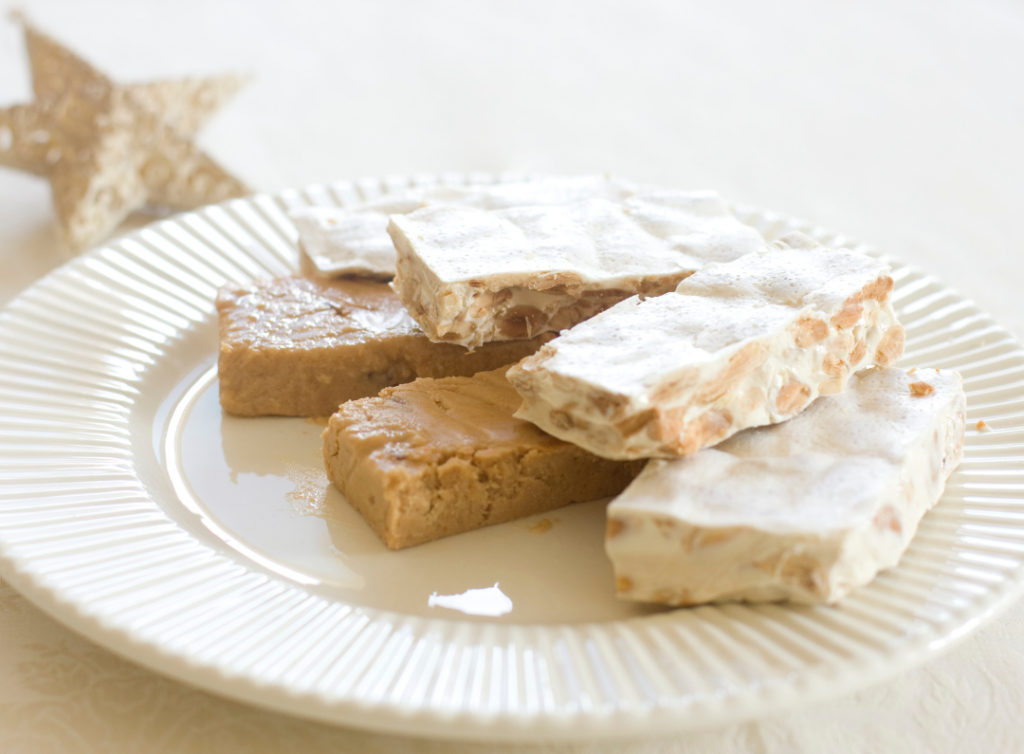
-
Save
Another ever-present sweet at each and every Christmas celebration. Made in tablet form (like chocolate), the traditional ones are made with almonds, sugar, honey and eggs.
Roscón de Reyes
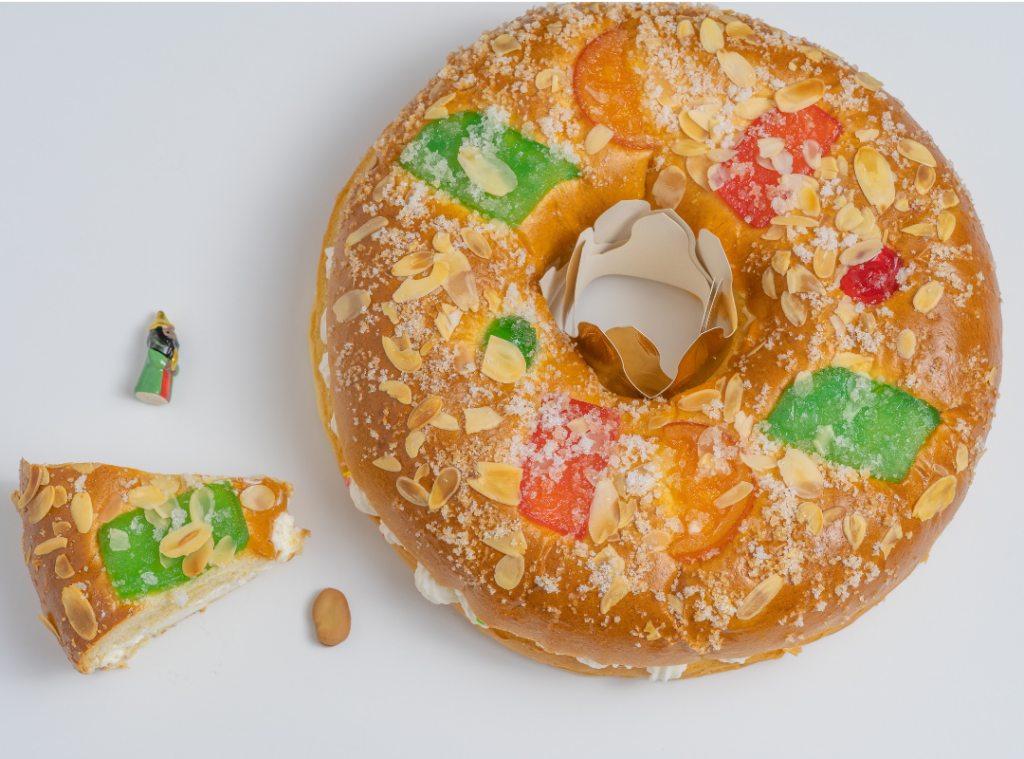
-
Save
On the 6th of January, after opening the presents, it’s traditional to share a roscón de Reyes. This is a large doughnut-shaped cake that can be filled with chocolate, cream or custard and decorated with candied fruit. There are two surprises inside the cake, one good (a figure of a king) and one bad (a bean). The person who has the king in their portion wears the paper crown that accompanies all the roscones and will have good luck that year. The person who has the bean on his or her piece of roscón has to pay for that year’s roscón or buy one the following year (depending on the family tradition).
Truchas

-
Save
In the Canary Islands there are small sweet pies called truchas (trouts), but they have nothing to do with fish. They are made with a dough filled with sweet potato, cinnamon, sugar, almonds and lemon. They are fried and sugar is added on top.
Mistela
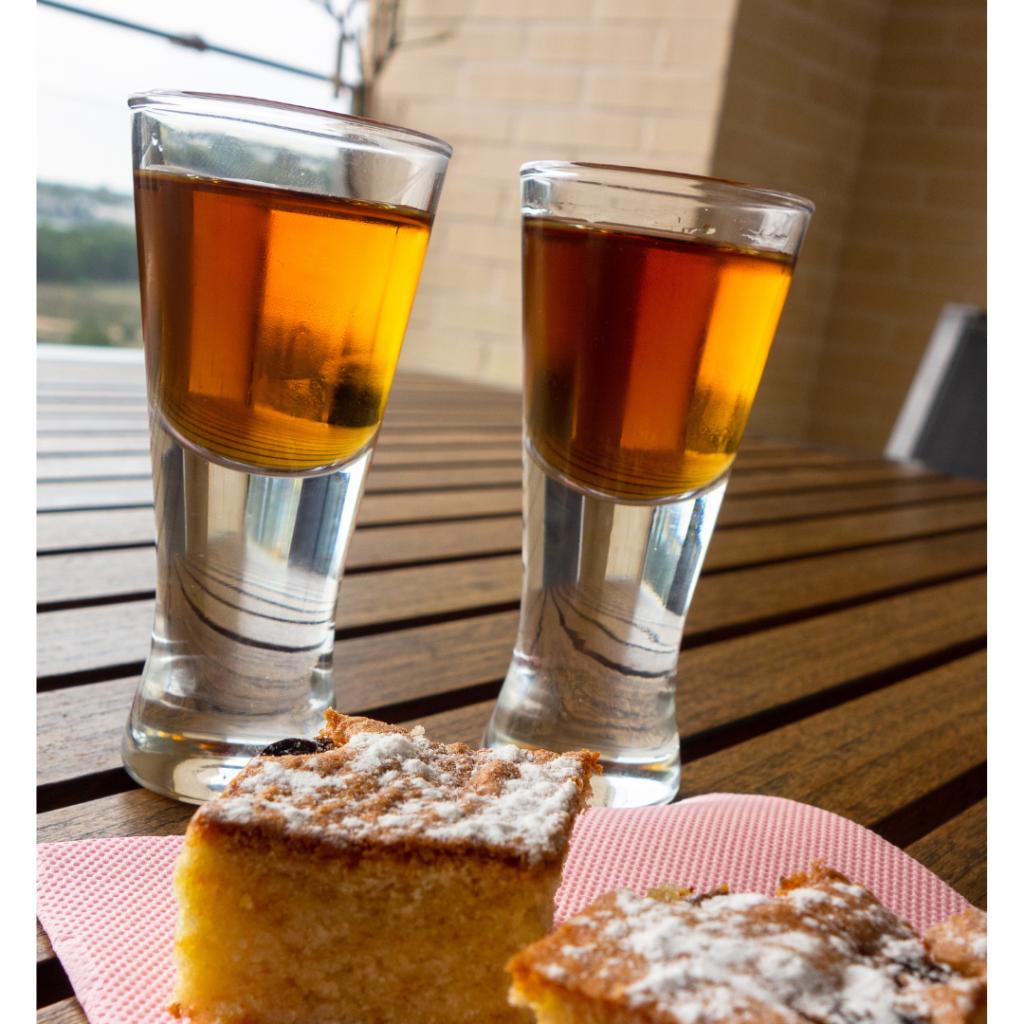
-
Save
Fruit liqueurs are also made in the Canary Islands and are drunk during the Christmas holidays. If you visit a rural area, you may be able to try them at the markets or at the competitions or tastings that take place.
Ham bread
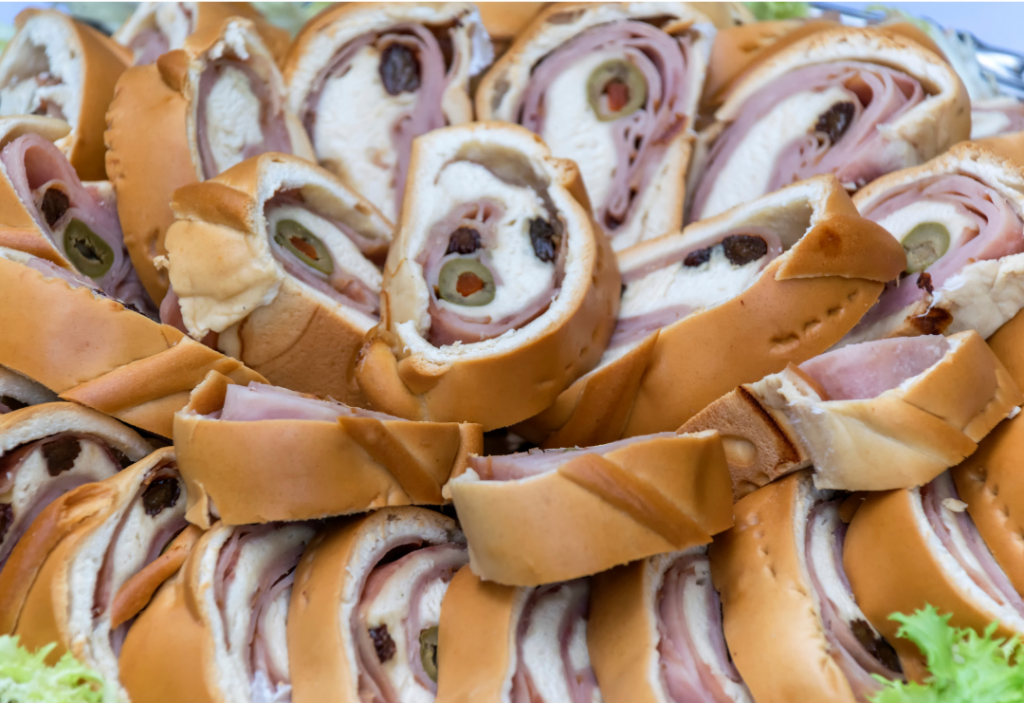
-
Save
A Venezuelan Christmas tradition, this is a semi-sweet bread stuffed with ham, olives and sultanas.
Roscos de vino
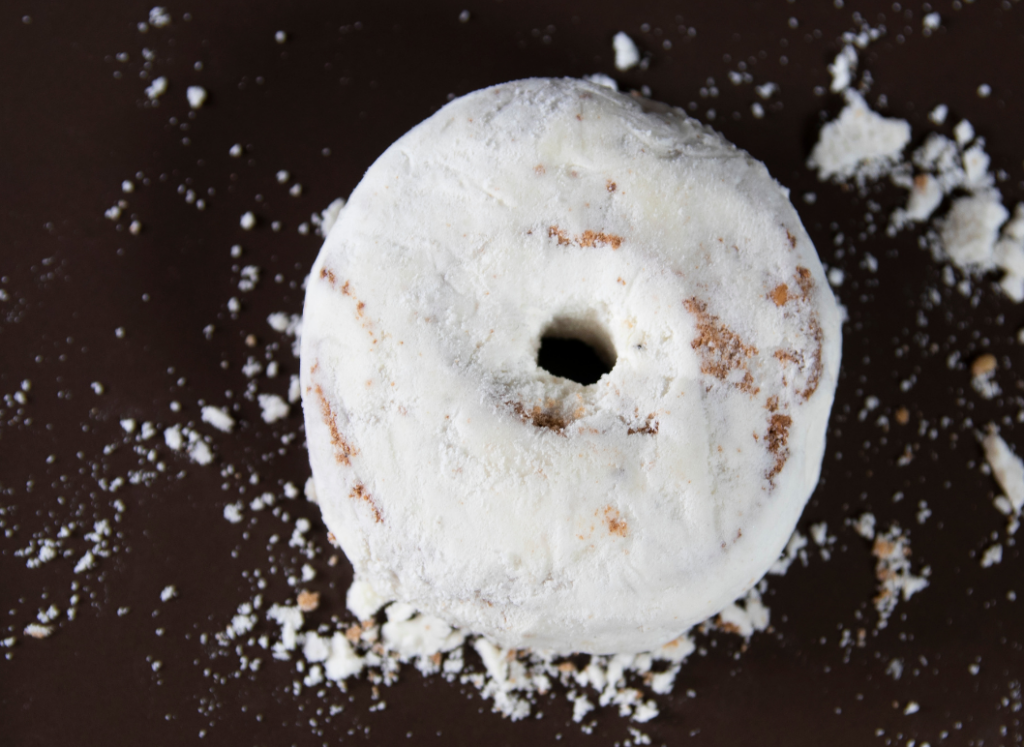
-
Save
These are small sweets made with almonds, flour, almonds, sugar and wine. They are shaped like doughnuts and have an intense flavour due to the wine and aniseed they contain.
If you want to learn the most important Christmas vocabulary in Spanish, go to our Key Vocabulary in Spanish for Christmas. Learn new words and practice them with our fun and interactive exercises.
Villancicos
On Christmas days it is traditional to sing Christmas carols (villancicos). A carol is a traditional Christmas song with a religious theme. Some of the most popular are the following.
Campana sobre campana
Los peces en el río
Dime, niño
Con mi burrito sabanero
Hacia Belén va una burra
La Marimorena
Una sobre el mismo mar
A more modern carol is Una sobre el mismo mar, composed by Canarian musician Benito Cabrera, is a song that speaks about the unity of the Canary Islands highlighting the attractions of each of the 8 islands. The song was composed in 1994 when the Canary Islands were 7 and was adapted in 2018 to include the island number 8: La Graciosa. Below you can listen to the new version recorded in 2020.
And this was the original version. Which one do you like the most?

-
Save
Would You like to Take Your Spanish to the Next Level?
Whether you’re a complete beginner or you’re an advanced student, with us you’ll reach the next level of Spanish quickly and easily. With 24 Levels to Spanish fluency, the next level is always close by, so you will never lose motivation.
You can choose between:
In both cases, you’ll learn Spanish using our successful 24 Level System to Spanish Fluency® and our unique Spanish teaching methods.
Christmas traditions: the Spanish podcast
Keep learning all about our unique customs and traditions with our own exclusive podcast about Hispanic culture. This time our host Juanjo brings you all about Christmas in Hispanic-speaking countries. Listen and enjoy!
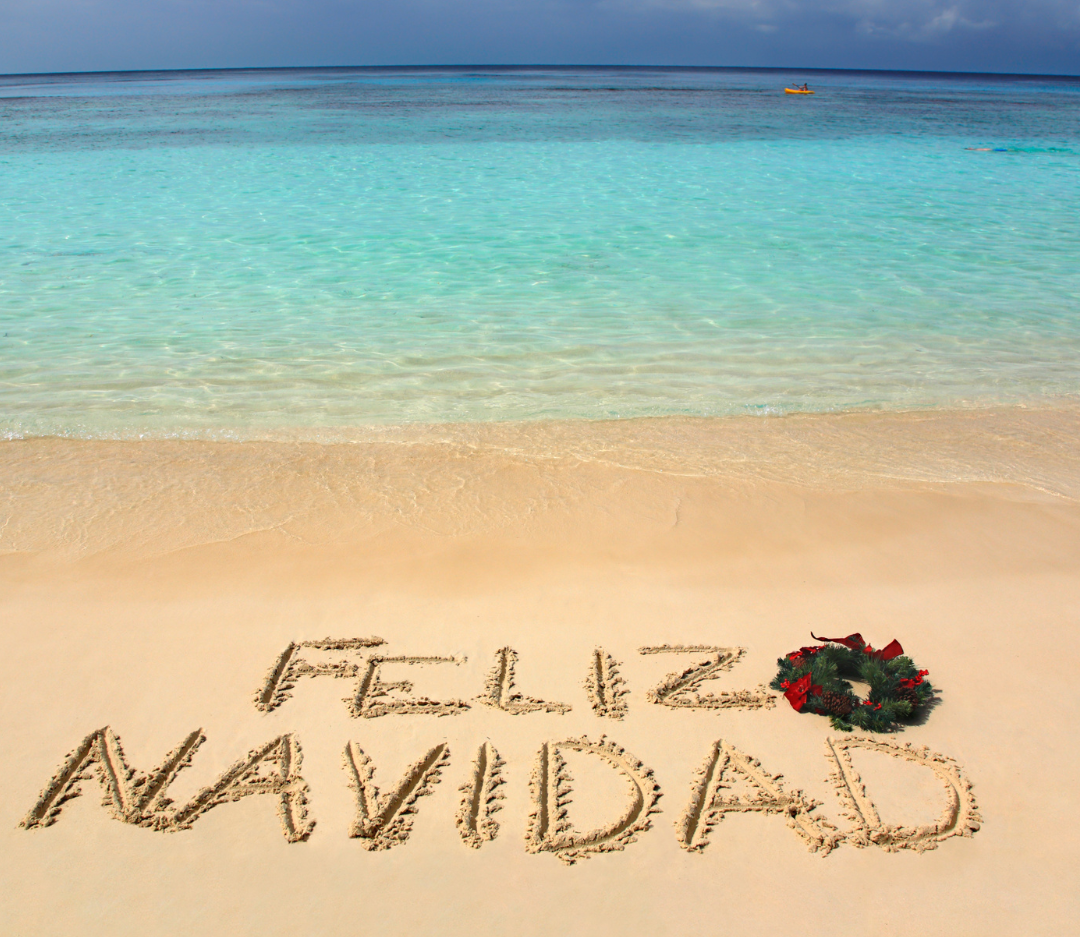
-
Save









